TL;DR
Naughty Dog's The Last of Us Part II Remastered on PS5 offers stunning visual and audio upgrades, pushing the PS5 hardware to near perfection with native 4K and impressive lighting. While the core game remains, new features like the No Return roguelike mode and guitar freeplay add replayability. The DualSense controller's haptics enhance immersion, and save data transfer is seamless. Technically brilliant and mechanically evolved, the PS5 version refines an already acclaimed experience. However, the narrative, while ambitious, might not capture the same magic as the original. Ready to see if these enhancements make it a must-play? Dive into the full review to find out!
We now turn our attention to the remastered version of Naughty Dog’s Last of Us Part II for the Playstation 5, following the critically acclaimed first installment. As the core game remains largely consistent with its 2020 PS4 release, we recommend reviewing our previous review if you’re unfamiliar with the original. This assessment will primarily focus on the enhancements and additions specific to the PS5 version.
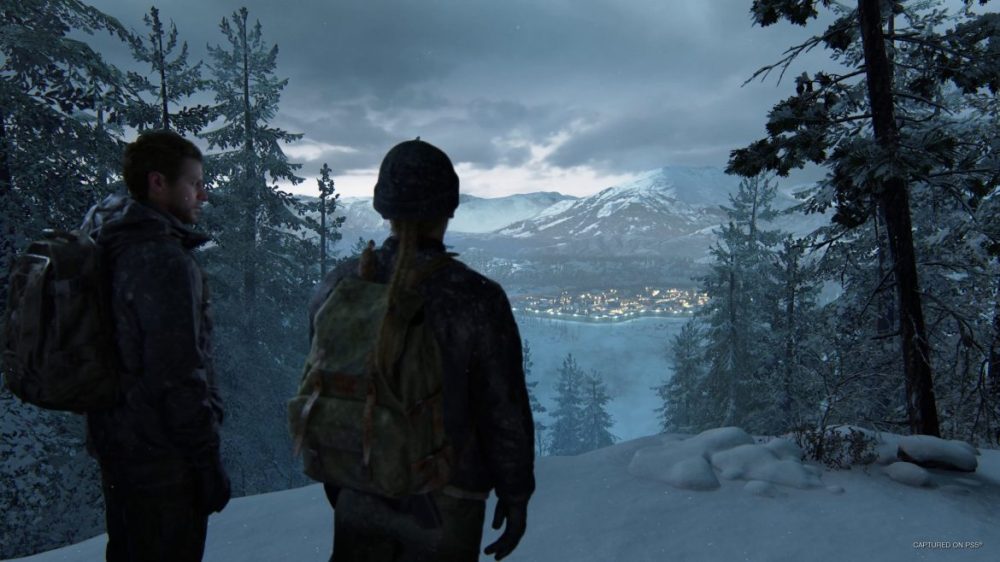
Naughty Dog, renowned for their technical expertise on the Playstation platform alongside Santa Monica Studios and Insomniac Games, stands as one of Sony’s premier studios, driving the development of console-exclusive titles. With access to the advanced hardware capabilities of the PS5, The Last of Us – Part 2 achieves near-perfection in its visual and auditory presentation. The game offers native 4K resolution in fidelity mode, complemented by enhanced depth of field. The resulting visuals are often cinematic, with stunning lighting effects. While the frame rate may exhibit some fluctuation, the implementation of VRR technology ensures a fluid and responsive experience, mitigating the impact of variations between 60-120 fps. Note that VRR functionality necessitates a compatible display. In performance mode, the frame rate generally maintains a more stable range of 80-90 fps, further enhanced by VRR for a seamless visual experience. For users without VRR, prioritizing a higher and more consistent frame rate over resolution is generally advisable. However, with VRR enabled, there is minimal trade-off in graphical fidelity. Future updates may further refine performance, potentially enabling stable 120 fps gameplay in performance mode.
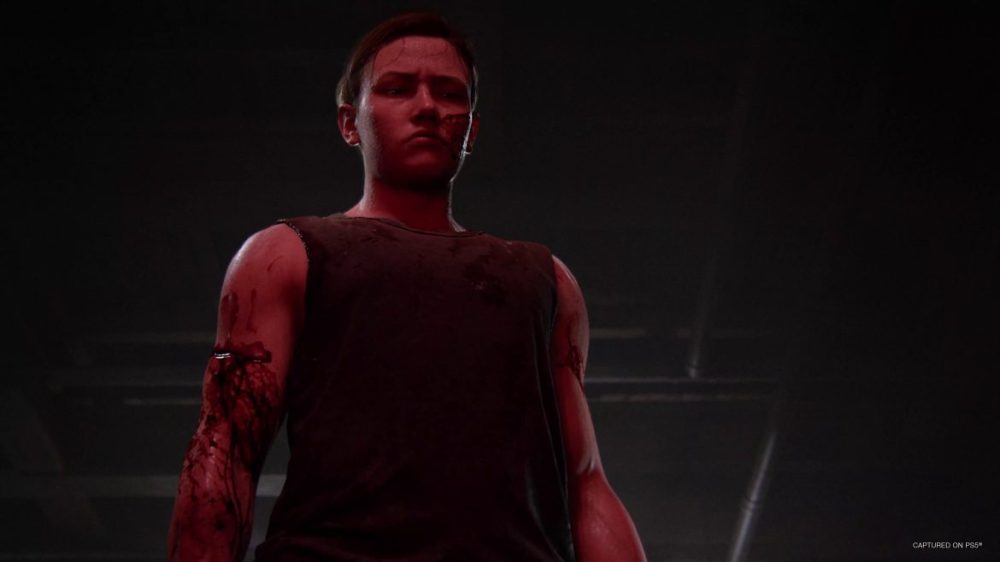
The audio design is exceptional, delivering precise and immersive channel placement. The soundscape is cinematic, providing accurate positional audio for character dialogue and enemy movements. Environmental details, such as the reverberation of footsteps on metal surfaces, are rendered with remarkable realism. The voice acting is also of the highest caliber.
The game leverages the DualSense controller’s capabilities, offering nuanced haptic feedback for weapon handling and replicating the archery experience from the original game.
A streamlined import function allows players to seamlessly transfer save data from the PS4 version, enabling them to resume their progress or continue existing playthroughs.
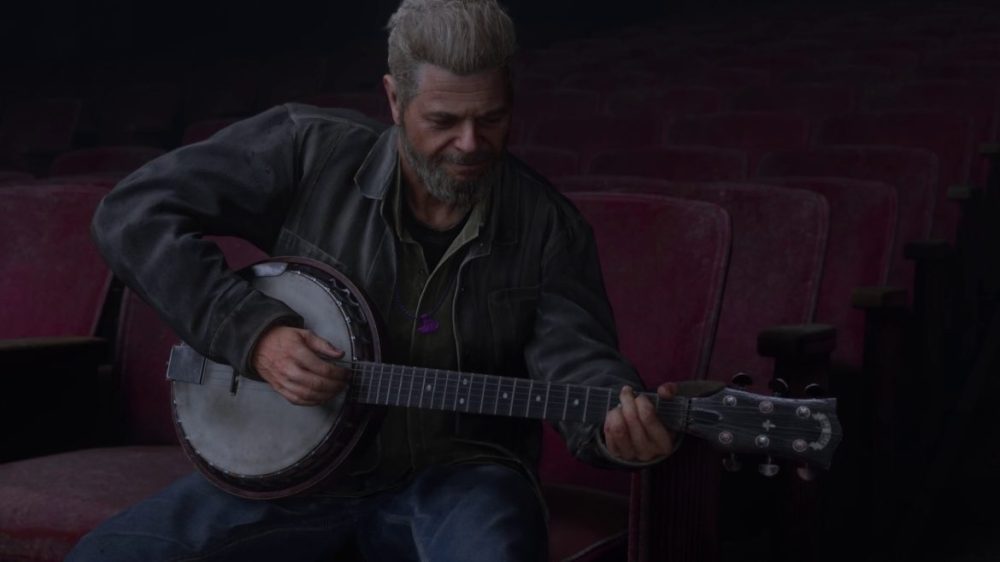
The extras include a behind-the-scenes feature showcasing three areas that were ultimately cut from the final game, accompanied by commentary from the development team. The update also introduces the No Return mode, a roguelike survival experience inspired by titles such as Hades. While not as fully realized as God of War: Valhalla, the free DLC for God of War: Ragnarök, it offers a similar gameplay loop (note: potential spoilers if you haven’t completed the main campaign). A freeplay mode allows players to experiment with guitar and other instruments using various characters. Finally, the game boasts a comprehensive suite of accessibility features for players with disabilities.
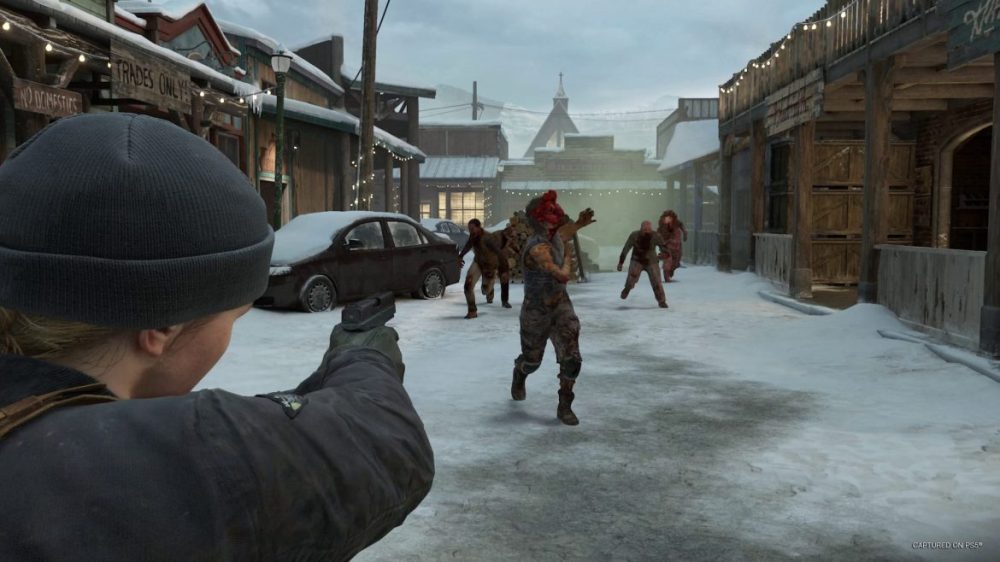
The gameplay mechanics demonstrate the evolution of the series over the seven years since the original Last of Us. Last of Us – Part 2 exhibits greater depth, more refined mechanics, and an expanded feature set compared to its predecessor. However, the narrative impact of the original is not fully replicated. While the initial game resonated strongly due to its themes of survival during a pandemic, the sequel focuses on a visceral revenge narrative. Although the game attempts to present multiple perspectives, certain plot decisions feel uninspired. The game’s length also contributes to a sense of narrative fatigue, with an extended conclusion reminiscent of The Return of the King film adaptation.
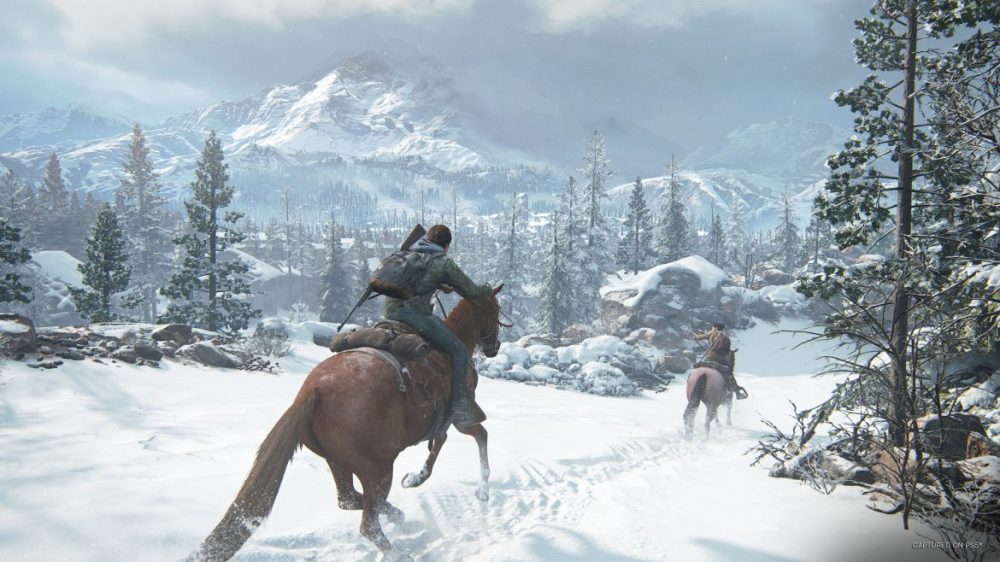
Neil Druckmann, the game’s creator, is a talented storyteller whose skills have translated effectively to the HBO adaptation of his work (which will soon premiere its second season, closely following the events of this game). While he retains creative freedom over the narrative direction, audience reception remains a valid point of consideration. The Last of Us – Part 2 excels technically and surpasses its predecessor in gameplay mechanics. However, the overall narrative and its lasting impact do not reach the same groundbreaking heights as the original.
Playstation provided a review code for this assessment. The provision of materials does not influence our editorial objectivity.

